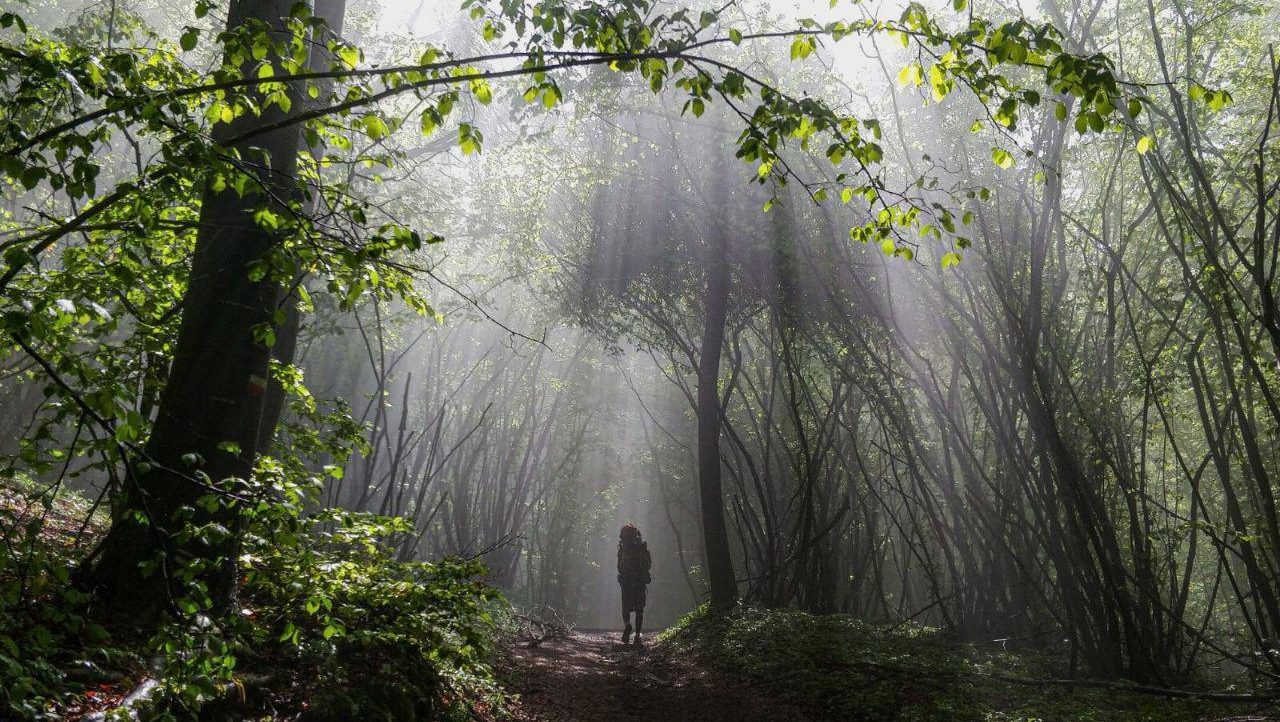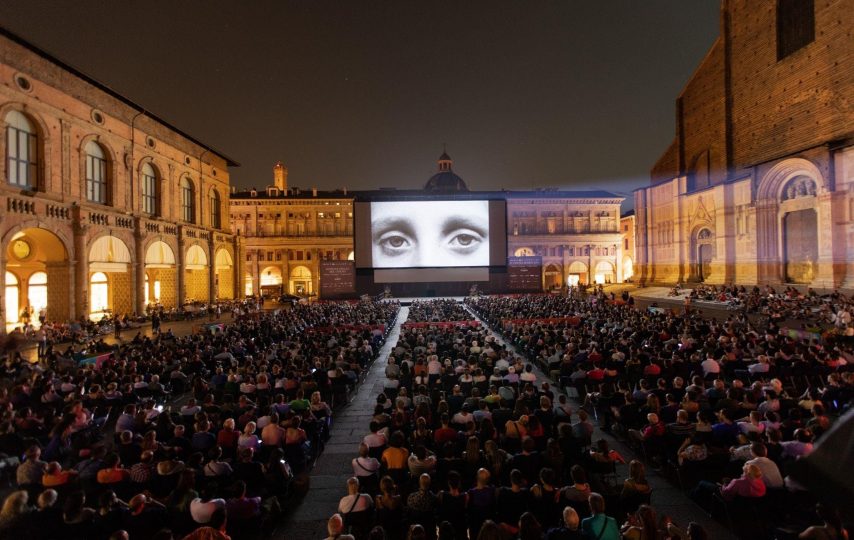Cà de Taruffi offre, su prenotazione, il servizio di navetta alla fine della prima tappa (Badolo).
STORIA
Sul crinale tra Setta e Savena, gli Etruschi percorsero per almeno 4 secoli (VII-IV sec. a.C.) un’antica strada che congiungeva Fiesole con Felsina, al fine di sviluppare i loro traffici e favorire il loro dominio sulla Pianura Padana.
Poi i Romani, avendo fondato nel 189 a.C. la colonia di Bononia sui resti dell’antica Felsina, sentirono la necessità di garantire un collegamento con Arezzo e Roma attraverso gli Appennini: sul precedente tracciato etrusco costruirono nel 187 a.C. con il console Caio Flaminio una vera e propria strada romana transappenninica denominata Flaminia Militare.
Anche nel Medioevo non si perse l’abitudine di percorrere a piedi o a cavallo questo antico percorso, il più agevole che permettesse di attraversare questo tratto di Appennino. Tuttavia, al lastricato romano caduto presto in disuso e sommerso dalla vegetazione, si sostituì un semplice sentiero, una stretta mulattiera senza pavimentazione, utilizzata dai viandanti che avessero necessità di percorrere questo cammino.
LA VIA DEGLI DEI OGGI
La Via degli Dei, percorso ideato alla fine degli anni ’80 del ‘900 da un gruppo di escursionisti bolognesi, ricalca prevalentemente questi antichi tracciati e, tra Monte Bastione e Monte di Fo’, passa accanto ad alcuni pregevoli basolati della strada romana, ora riscoperti.
Il percorso attraversa località come Monte Adone, Monzuno (Mons Iovis, monte di Giove), Monte Venere, Monte Luario (Lua era la dea romana dell’espiazione). La Via degli Dei oggi è diventata una delle principali attrattive turistiche dell’Appennino: numerosi amanti del trekking e della mountain bike ripercorrono questo pezzo di storia gustando a pieno la bellezza incontaminata di questi luoghi. L’intera traversata da Bologna a Firenze – che non presenta grandi difficoltà – si può compiere in quattro/sei giorni o più a piedi (a seconda dell’allenamento e dell’abilità del camminatore), oppure in due/tre giorni o più in bicicletta.È comunque possibile percorrere anche solo alcune tratte della Via degli Dei, per lasciare libertà a tutti i camminatori di costruire un proprio percorso personalizzato.




